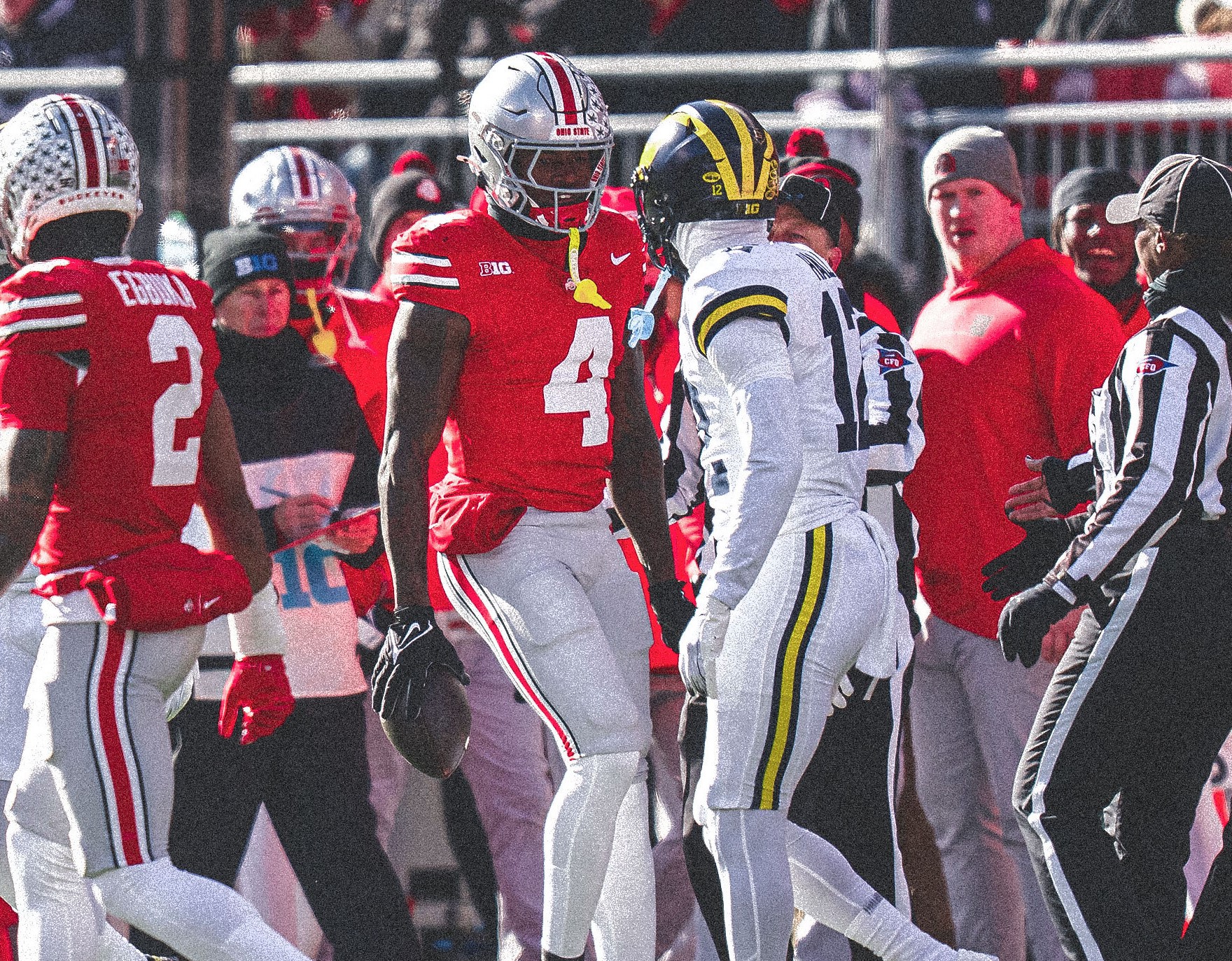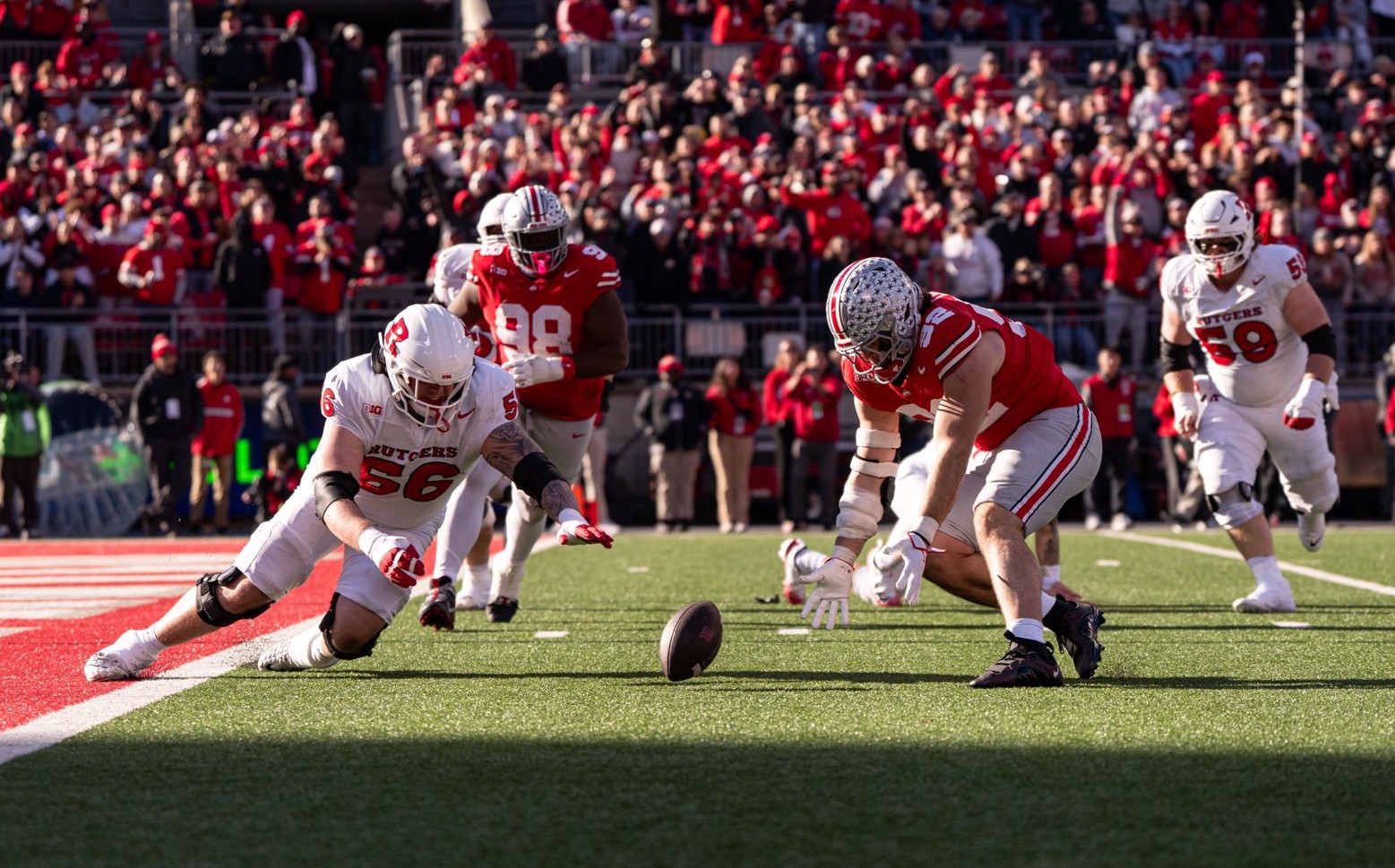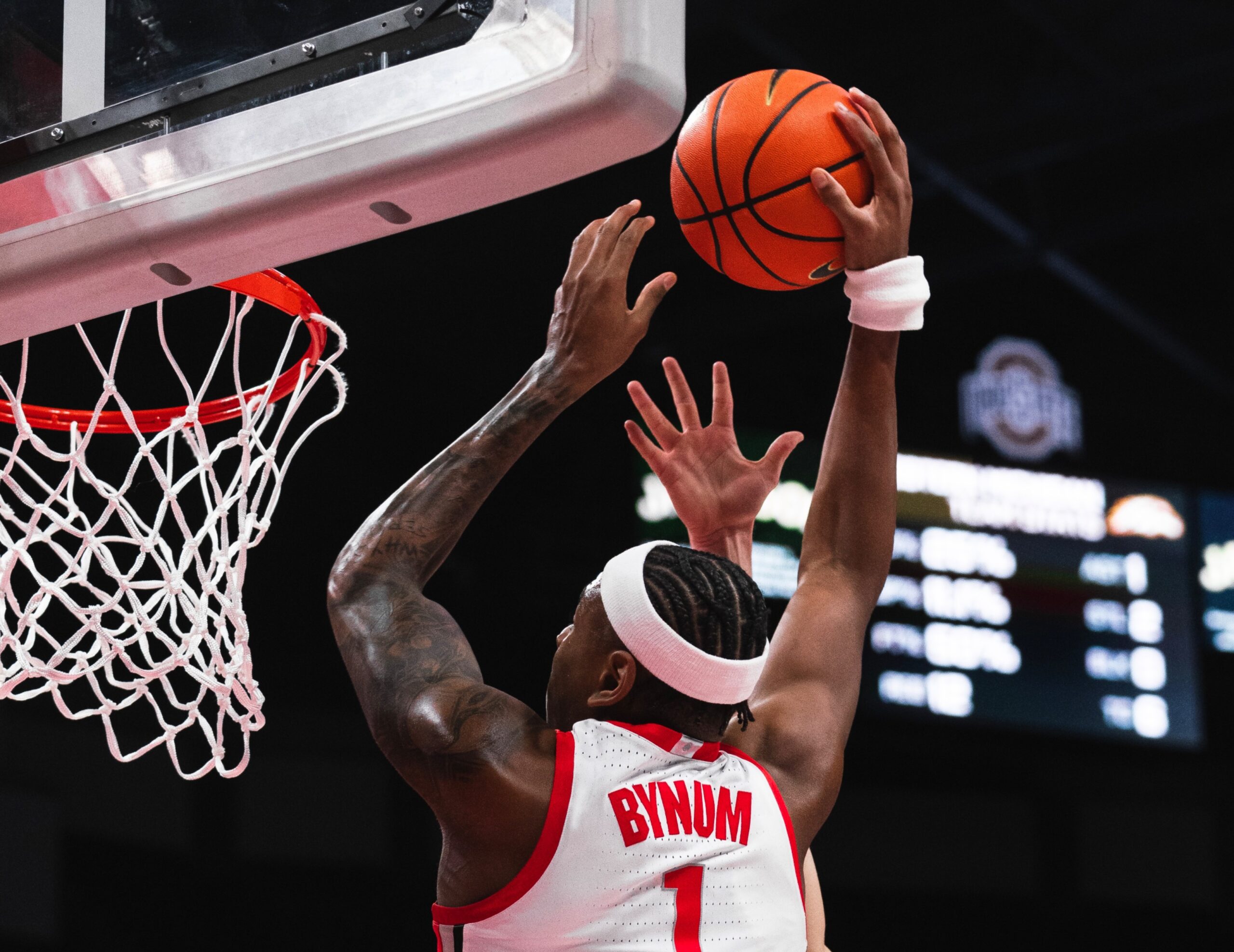
The Ohio State–Michigan rivalry, widely known as The Game, blends tradition, history, and intensity into a November spectacle unmatched in American college sports. Far more than a football game, it grips fans, students, alumni, and entire states every fall, infiltrating workplaces, classrooms, and homes on both sides of the border. The week proceeding, commonly known as Rivalry Week throughout college football, is known as Hate Week in Columbus, the buildup brings anxiety, passion, and animosity unmatched by any other college football matchup, and that emotional charge has been building for nearly two centuries.
The roots of this hostility stretch back to the 1835 Toledo War, a tense border dispute between Ohio and Michigan. Though the conflict ended without bloodshed, bitterness lingered, eventually spilling onto the football field where identity, pride, and regional rivalry found a new battleground. Michigan dominated the early football meetings, carving out long winning streaks that fed an inferiority complex in Columbus and intensified Ohio State’s obsession with defeating “That Team Up North.” The rivalry reached legendary status during the Ten Year War from 1969 to 1978, when Woody Hayes and Bo Schembechler—friends away from football but fierce adversaries on the sidelines—turned late November into a decade-long struggle for the Big Ten, the Rose Bowl, and national championship aspirations. These clashes were physical, emotional, controversial, and unforgettable, elevating the matchup into one of the greatest
rivalries in American sports.

Since 2000, Ohio State has held a firm upper hand, winning 17 of the 24 meetings and establishing sustained dominance under coaches Jim Tressel, Urban Meyer, and Ryan Day. The Buckeyes’ eight-game streak from 2012 to 2019 underscored their superiority and suggested that the rivalry might be cooling—until Michigan roared back. The Wolverines’ consecutive victories in 2021, 2022, 2023, and 2024 marked their longest streak in the series this century, reversing years of Buckeye control and reenergizing the rivalry, while at the same time creating a myriad of controversy due to Michigan’s cheating scandal from 2021-2023. Michigan’s 13–10 win in 2024, a defensive slugfest seen by over 12 million viewers, emphasized that The Game still commands massive national interest despite today’s fragmented media landscape.
Even beyond results, cultural rituals fuel the rivalry’s intensity. On Ohio State’s campus, students cross out every letter “M” in sight and chant derisive nicknames for the Wolverines during Hate Week. Michigan fans return the favor with their own traditions. Psychologists note that this rivalry thrives because it creates powerful in-group and out-group identities—supporting your own side becomes as important as defeating the other. For players, students, and alumni, this rivalry isn’t merely about football; it is about identity, pride, and belonging.
Modern seasons have introduced new layers of tension, despite the lack of championship stakes and College Football Playoff implications now not regularly riding on the game. Ongoing controversies have heightened the emotions even further. Michigan’s sign-stealing scandal and subsequent NCAA investigations validated long-held suspicions among Ohio State fans and deepened resentment between the schools. Postgame confrontations, flag-planting incidents, and heated exchanges among players and fans have become part of the annual narrative, reinforcing the idea that this rivalry is as fierce now as it has ever been.

For Ohio State supporters, Michigan’s recent victories sting more deeply than any other loss on the schedule. Conversely, Wolverines fans savor their wins with renewed fervor, celebrating not only scoreboard success but the reversal of two decades of frustration. As one student noted, the rivalry embodies “cheating, bad sportsmanship, and arrogance,” but also tradition, belonging, and generational pride. Every victory brings catharsis; every defeat leaves a lasting ache.
Ultimately, The Game endures because it matters—more than records, more than rankings, and more than the ever-changing landscape of college football with NIL, realignment, and expanded playoffs. It shapes the identities of two states, two universities, and millions of fans. The Ohio State–Michigan rivalry remains college football’s gravitational center every November, and far from cooling off, the fire continues to burn hotter than ever.









